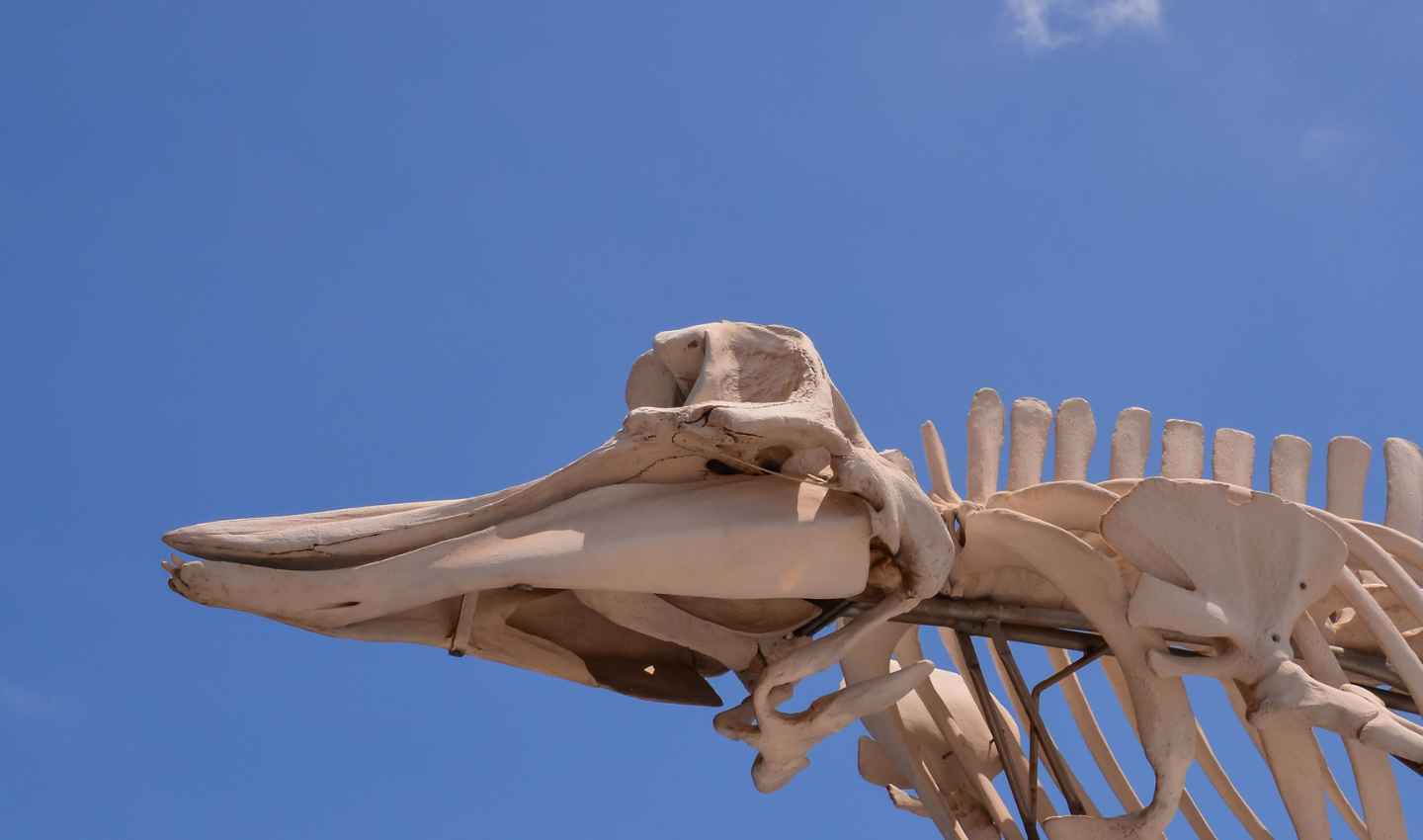- Our Future: Solutions
- Science: Explained
Seagrasses: More than a Blue Carbon Solution

Why are seagrass meadows so important?
Seagrasses are among the most widespread coastal ecosystems worldwide and range from the tropics to boreal margins of the Ocean.
They are flowering plants that live in shallow waters that can sometimes be seen from space.
The name seagrass stems from the many species with long and narrow leaves, which grow by rhizome extension and often spread across large “meadows” resembling grassland; many species superficially resemble terrestrial grasses.
These deep-rooted meadows cover over 300,000km2, roughly the size of Italy, spanning 159 countries and six continents. They do not exist in Antarctica.
Sometimes referred to as ‘lungs of the sea’, seagrasses play a multi-functional role to both human well-being and marine life, while being a globally significant carbon sink.

Seagrasses are a climate change solution
According to UNEP, despite occupying just 0.1% of the Ocean floor, seagrasses store up to 18% of the global Oceanic carbon, which is estimated to be 38,000 billion metric tons.
What’s more:
– They can store twice the amount of carbon per hectare when compared to terrestrial forests.
– The carbon is stored almost entirely in the soils, measuring up to four metres deep.
– They can act as a buffer for Ocean acidification, depending on environmental conditions, which benefits calcifying organisms like corals and shellfish.
But that’s not all!
How seagrasses support marine life
Seagrasses are biologically rich and diverse habitats where species come together for many reasons.
Some organisms – primarily large grazers like manatees, dugongs, green sea turtles and geese – eat the living leaves directly, and seagrass forms a major component of their diets.
For example, an adult dugong eats about 64 to 88 pounds (28 to 40 kg) of seagrass a day, while an adult green sea turtle can eat about 4.5 pounds (2 kg) per day.
Apart from being a food source, seagrass meadows provide protection for burrowing anemones, bivalve molluscs and burrowing urchins that lie buried in the sand beneath.
They also act as crucial nursery grounds for species like the European eel. It is estimated that 17 species of coral reef fish spend their entire juvenile life stage solely on seagrass flats.
Four ways seagrass meadows benefit humans
There are numerous ways in which seagrasses benefit us outside of their climate change mitigation potential. Benefits include:
– Food Security –
They support global fisheries, acting as nursery habitats for commonly consumed species like crustaceans and molluscs.
– Coastal Protection –
Seagrasses have an extensive root system that stabilises the sea bed, similar to terrestrial grasses preventing soil erosion. In this way, they protect coastlines from flooding and storm surges.
– Tourism –
Whether its swimming with green turtles (Akumal, Mexico) or diving with dugongs (Marsa Alam, Egypt), seagrass meadows are a great place to positively interact with the diverse marine life it hosts.
They are also important for historical heritage, from shipwrecks to submerged ancient cities.
– Disease Control –
Seagrasses can control diseases by reducing bacterial pathogens from harming humans, fish, and invertebrates.

Why are seagrasses threatened?
According to one report, since 1990, there is a 7% decline in seagrass cover area globally per year, which is equivalent to a football field of seagrass every 30 minutes.
The main threats to seagrasses are:
– Climate Change (for example, heat stress through increases in temperature)
– Pollution (urban, industrial, and agricultural run-off)
– Coastal Infrastructure Development (incl. dredging)
– Overfishing (incl. bottom trawling), and
– Boating Activities
…but all hope is not lost!
The role of policy is a crucial top-down approach to restore and protect seagrasses at a broader scale.
With the widely accepted Global Biodiversity Framework, 30% of coastal and marine ecosystems need to be protected, including blue carbon ecosystems like seagrasses. Although, at present, mangroves and coral reefs are better protected under MPA’s than seagrasses.
The variety of ecosystem services that seagrasses provide has resulted in increasing knowledge of their value in recent years. However, there are still large knowledge gaps among the general public.
The best way to protect seagrasses is to understand them within local environments and manage threats effectively.

Restoration Spotlight: Seagrasses in the Eastern Shore of Virginia
The Virginia Institute of Marine Science and The Nature Conservancy have been conducting an extensive seagrass meadow restoration for almost 20 years, creating 3,612 hectares of new seagrass beds.
To achieve that, the team of researchers and volunteers had to actively plant more than 70 million seeds of eelgrass on a 200-hectare plot just off the southern end of Virginia’s Eastern Shore.
Within 10 years, the seagrasses covered an area that would naturally take over 100 years to grow. The scientists also noted increased water quality, nitrogen storage and carbon sequestration.
This initiative offers a glimpse into the benefits of resilient seagrass meadows and its importance in addressing climate change.
“Seagrasses can help us solve our biggest environmental challenges.
They purify water, they protect us from storms, they provide food to hundreds of millions of people, they support rich biodiversity, and they efficiently store carbon.
In light of everything seagrasses do for people and nature, protecting and restoring them is vital.”
Ronald Jumeau
Permanent Representative to the United Nations and Ambassador for Climate Change
Republic of Seychelles
What can I do to help protect seagrasses?
- Be a considerate tourist –
Exploring tourist-friendly seagrass meadows can be a great way to develop an appreciation for these wonderful plants and all that they hold. But please don’t pluck them or hurt any marine species when visiting.
- Become a citizen scientist –
Furthering scientific knowledge is not a one-person effort and so, public participation in citizen science projects are a fantastic way to contribute.
The SeagrassSpotter project has been created by Project Seagrass in association with Cardiff University and Swansea University. Using SeagrassSpotter, you can help locate seagrasses which will be used by scientists for research including the prediction of locations for restoration.



